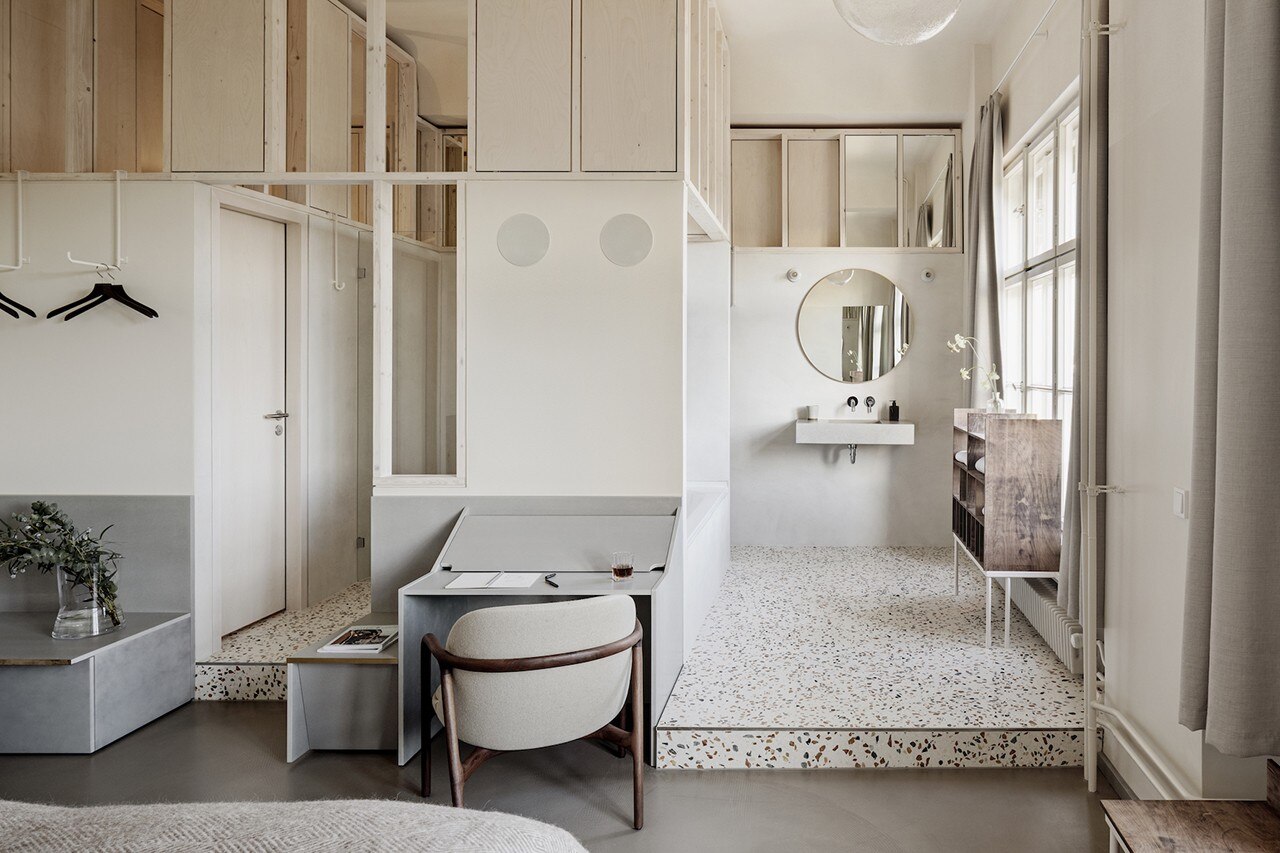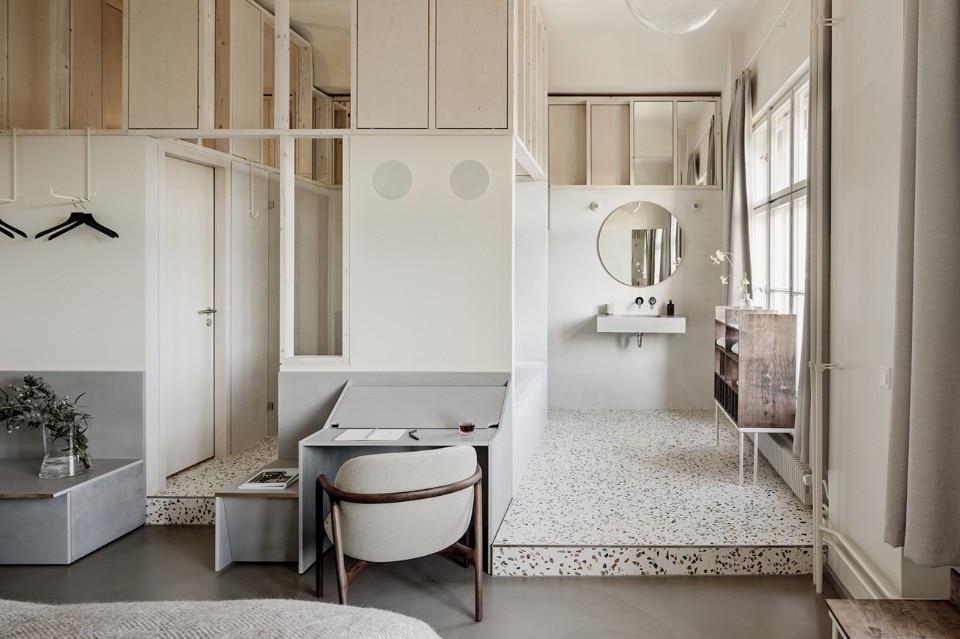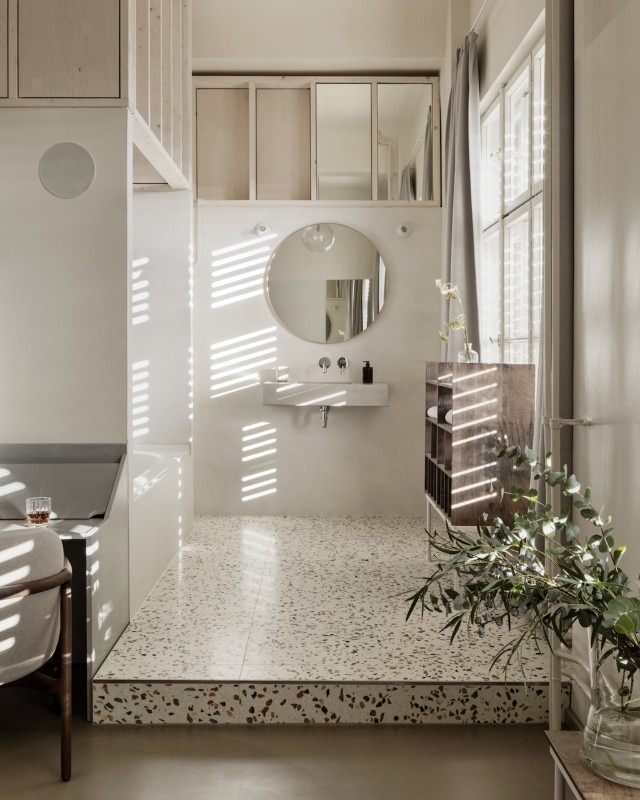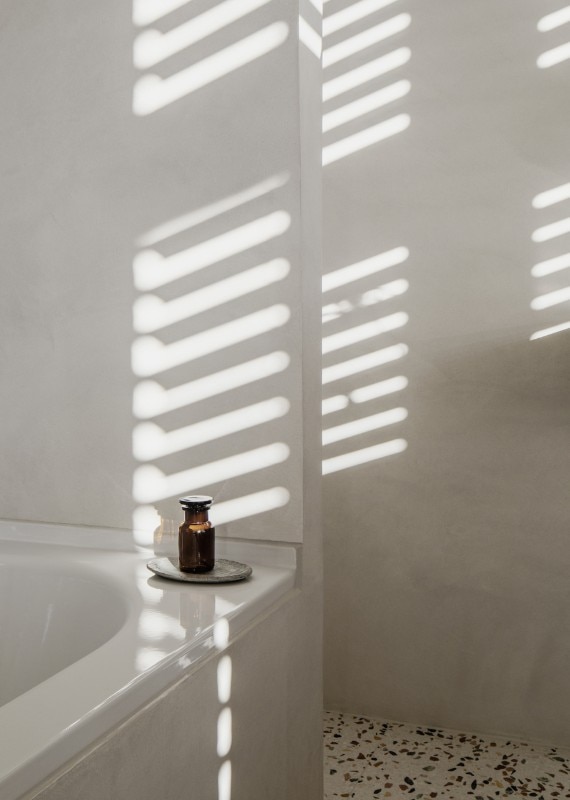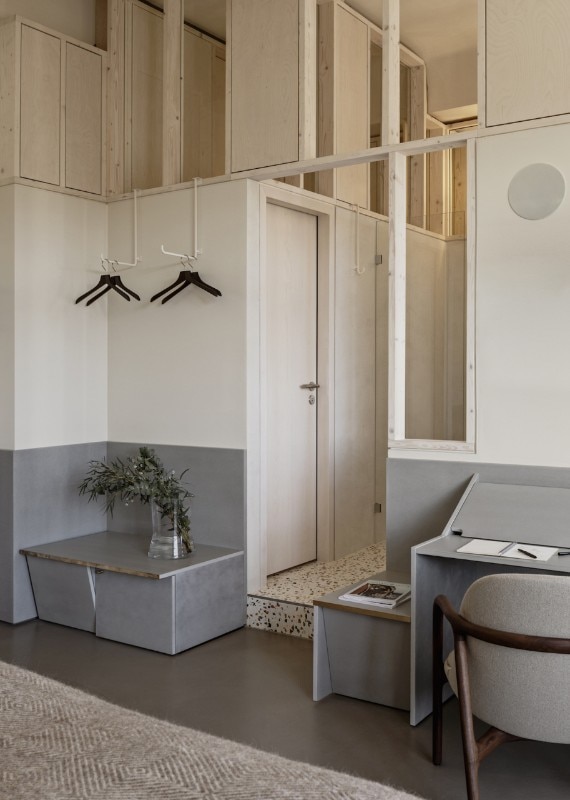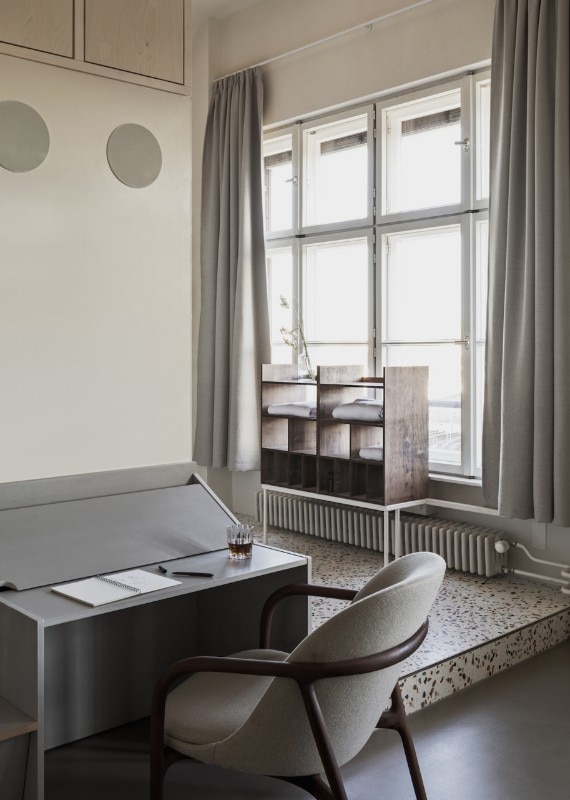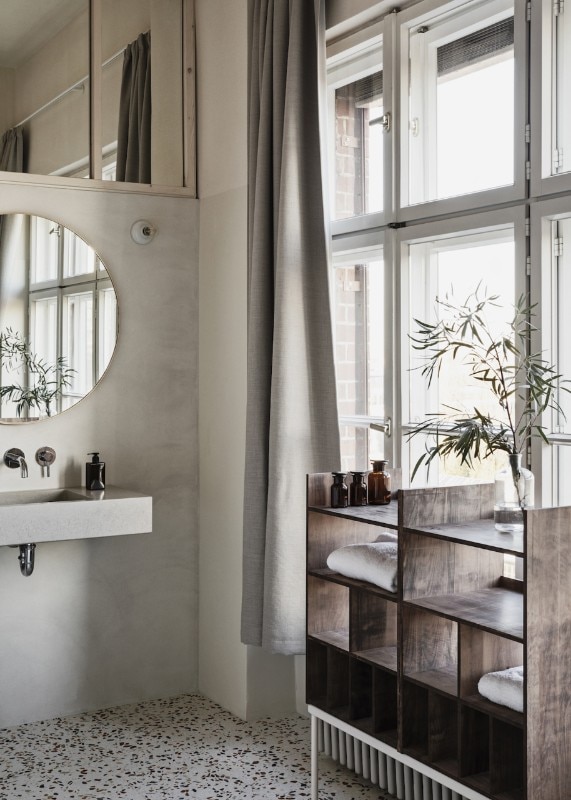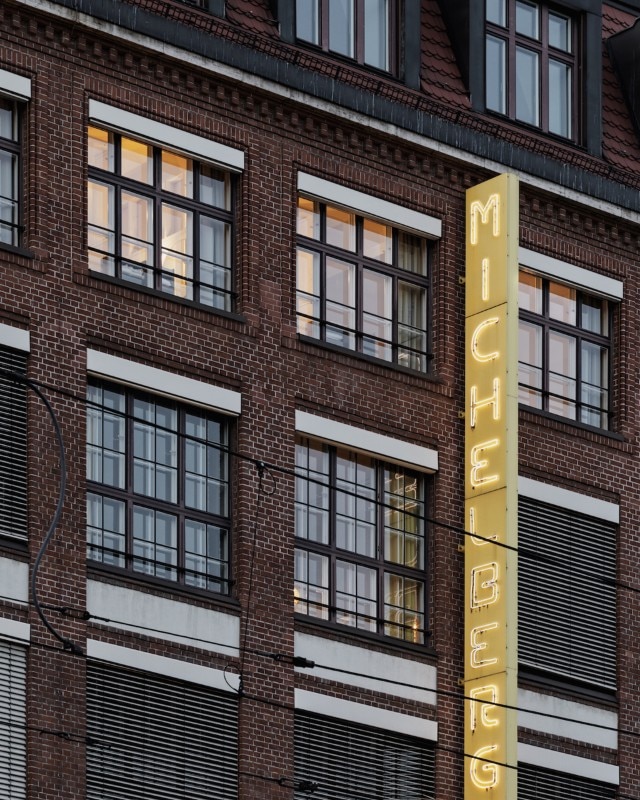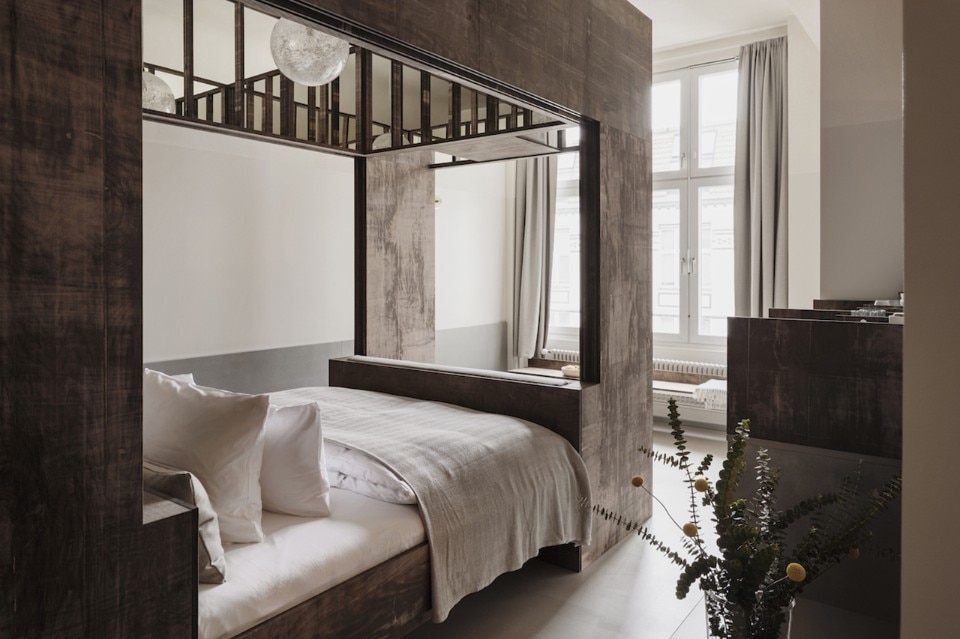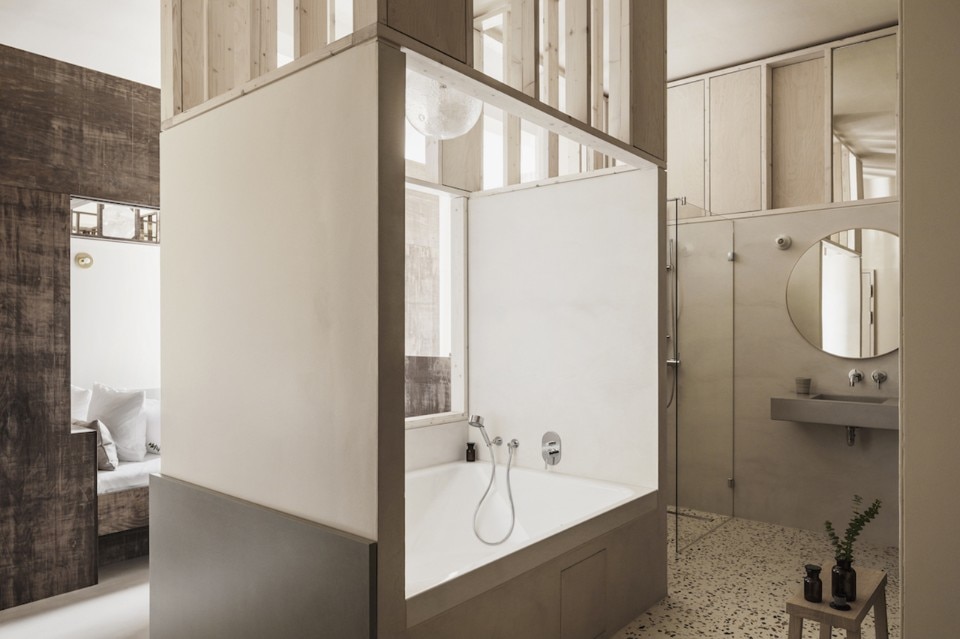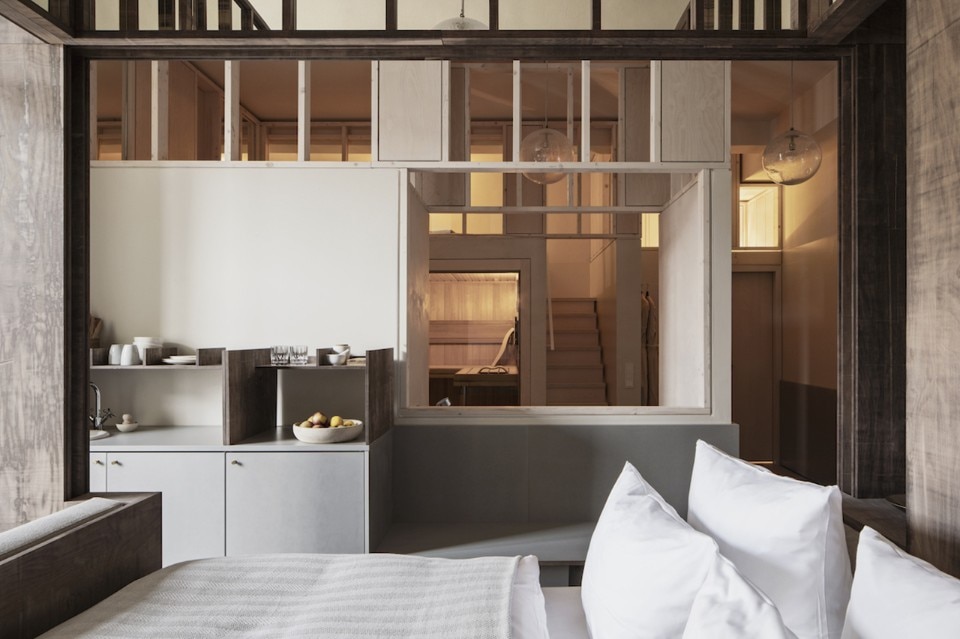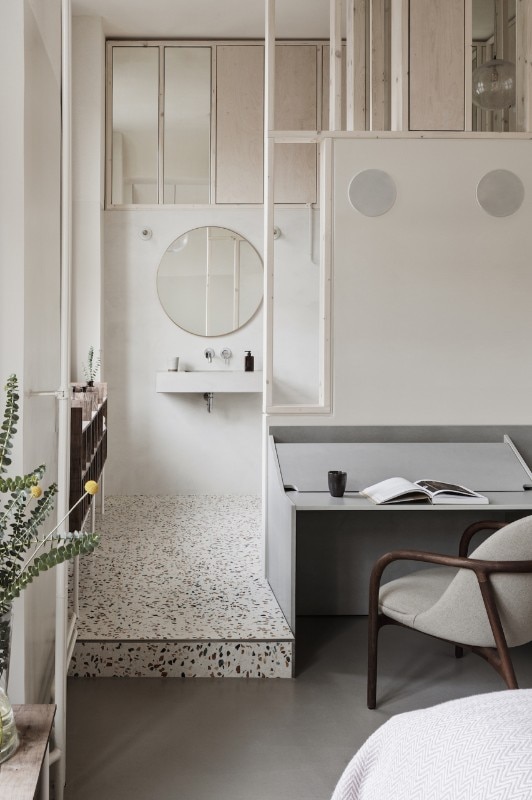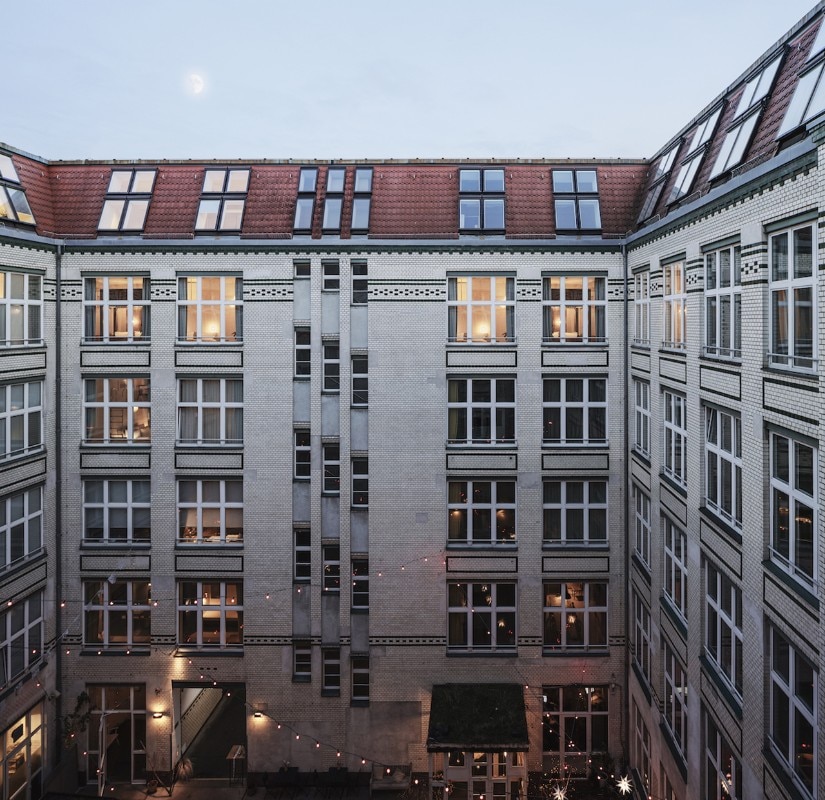Berlin is a privileged observatory from which to observe changes and innovations in the field of housing. Until recently considered the most accessible European capital, in recent years it has seen housing and rental prices skyrocket.
Among the multiple and complex causes of central districts’ gentrification is mass tourism, for which platforms such as Airbnb have made it much more advantageous to “share” domestic spaces for short periods than traditional long-term rentals, advertising an imagery in which it is possible to “belong everywhere”.
Already in 2015 a very exhaustive research, named Airbnb vs. Berlin, elaborated the public data of the platform to evaluate quantitatively the economic impact of this phenomenon, which is increasingly investigated in the fields of visual arts and architecture.
There is a great amount of researches and projects interpreting the transformation of houses into small hotels, but there are not many reflections on how the world of hospitality can change in relation to the sharing economy, or rather, following the definition of the Canadian philosopher Nick Srnicek, to the platform capitalism.
This is the case of the Michelberger Hotel in Berlin, renovated by Jonathan Tuckey Design to follow the wishes of the owners, whose mission is to create a mixed community between residents and tourists, providing the same kind of comfort that apartments rented by private individuals can offer.
The business is located in an old brick building built in 1903, featuring a bright square courtyard to which large full-height windows open.
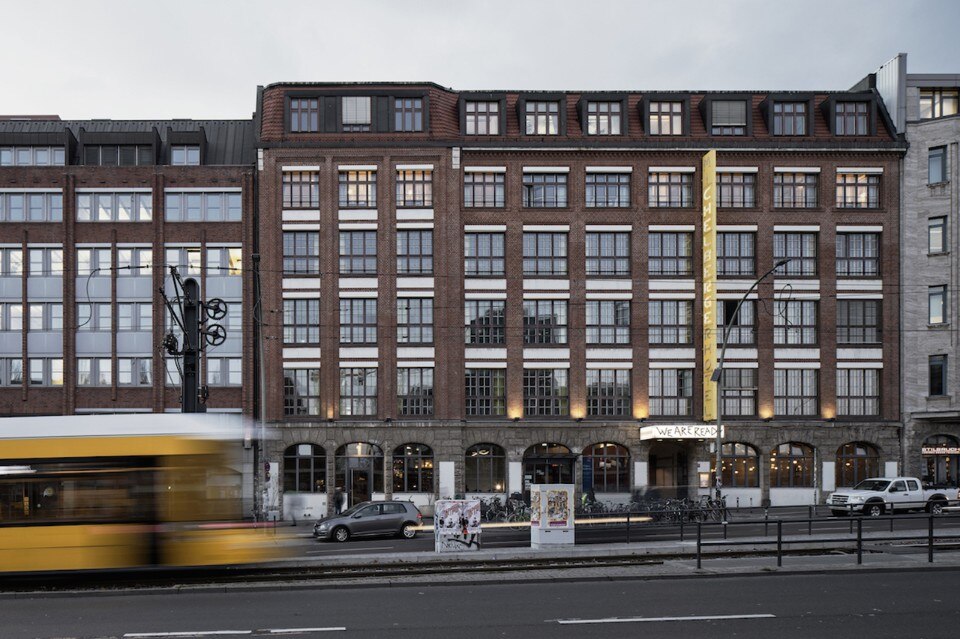
For this project the architects completely renovate one floor of the building and thanks to a skilful use of materials and colours – grey, beige and green, wood and fake terrazzo – they are able to domesticate the former industrial spaces. Each room is furnished with custom-designed pieces: desks, tables, chairs, beds and benches are made of high-density wood, which is both delicate and solid.
Although the rooms have a fairly traditional layout, their aesthetics are far removed from those of hotels and the contract world. They are characterised by a sedimentation of signs that recall a domestic and everyday imaginary.


